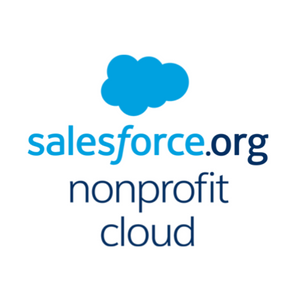Insights
INSIGHTS
All Topics
My Account
How to structure your charity website
19 Jun 2023by Laura Stanley
With the help of Access’s new resource hub, we outline the best ways for charities to build a website, no matter what their technical capabilities
For the charity sector, 2020 could be accurately described as the year of the website. Suddenly our sites became our primary means of communication with our audiences and our main method of fundraising, as lockdowns and social distancing reduced our ability to do so in person.
Getting websites to this point has been a long journey. In 2015, one fifth of charities did not accept donation through their website, despite an ongoing decline in street collections and the success of online donation platforms.
Online donations have been on the rise ever since. More than two in five people said they donated online in the last three months alone, according to the Donor Pulse Report: Summer 2021, including two thirds of those under-40.
Where a charity website comes into its own, however, is when we think about repeat donations. The Donor Pulse report also identified a correlation between supporters who donated through a charity’s website and those who would be able to recall the name of the charity after they had given.
A good website, therefore, not only has the power to drive donations, but do so long into the future. It can improve brand recognition and showcase the gravity of a charity’s work. This is not to mention the importance of websites in service delivery.
In fact, there are so many benefits to getting a charity website right that it is surprising that, even in 2015, such little attention was being paid to them.
Fortunately, there is help on the horizon, even for those charities who have yet to work their site out. Charity software provider Access has created a new resource hub to guide charities through the steps of creating a successful website. Within the hub there is ‘The Successful Charity Website Playbook’ as well individual guides, articles and webinars on key topics.
There are five key themes within the hub, each dealing with a different topic that impacts the success of your charity’s website. The first guide deals with how to structure a site, including tips on how to identify your audience and what you want to achieve by drawing them to your website in the first place.
Understanding the needs of all the people who might use your site – from donors to beneficiaries – has a huge impact on how you structure it. What are their motivations? What might they need from you?
The guide offers advice on finding the right language and tone-of-voice for your supporters, as well as how to identify the actions you want them to take. If supporters come to your website to donate, help them do so easily, and they are far more likely to return.
Ultimately, the job of a charity’s website is to make it as easy as possible for your stakeholders to get what they need from you. Access’ job is to help you build it.
Download the guide to structuring your website
Click above to check out first guide in The Successful Charity Website series from Access Group
Laura Stanley
More on this topic
Related Content
Recommended Products
07 Mar 2025by Ioan Marc Jones
A-Z incredible fundraising ideas for charity
07 Mar 2025by Ioan Marc Jones
An A-Z glossary of service delivery terms and definitions
Our Events
Charity Digital Academy
Our courses aim, in just three hours, to enhance soft skills and hard skills, boost your knowledge of finance and artificial intelligence, and supercharge your digital capabilities. Check out some of the incredible options by clicking here.

















